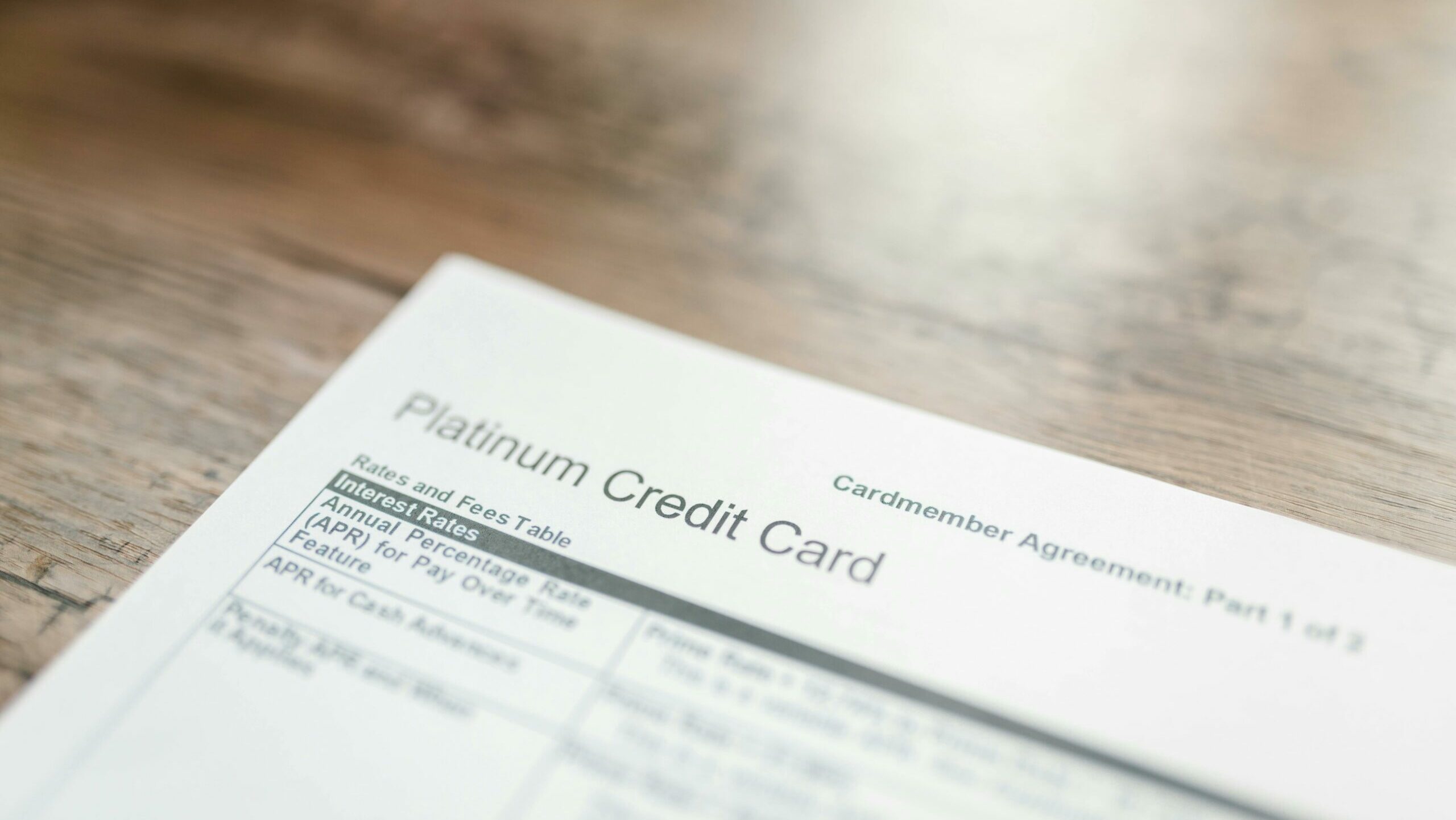How to Qualify for a Business Line of Credit (Without the Headache)
Let’s cut to the chase: qualifying for a business line of credit isn’t about magic—it’s about checking the right boxes before you apply. Whether you’re a startup dreaming of cash flow flexibility or an established biz looking for a safety net, lenders care about three things: your credit score (yes, both personal and business), your revenue (they want proof you can pay them back), and how long you’ve been in business (patience is a virtue, especially in banking). Here’s the no-BS breakdown of what really moves the needle, plus sneaky tricks to boost your approval odds—even if your financials aren’t perfect.

The Credit Score Tango (It Takes Two to Qualify)
Think of your personal credit score as your financial handshake—if it’s limp (read: below 680), lenders might ghost you fast. But here’s the kicker: your business credit score matters too, especially if you’ve been around a while. No DUNS number? Get one (it’s free). Thin business credit file? Start swiping a business credit card like it’s your company’s lifeline (and pay it off religiously). Pro tip: Even if your personal score’s shaky, some online lenders specialize in “alternative” approvals—they’ll judge you more on your bank balance than your FICO.
Show Me the Money (Literally, Bank Statements Required)
Lenders aren’t just being nosy—they need to see your revenue stream isn’t a seasonal creek. Most want 50K–100K+ annual revenue and 6+ months in business (some demand 2+ years). Startups, don’t despair: if you’ve got contracts or a killer growth trajectory, some fintech lenders will roll the dice. Either way, tidy up those profit & loss statements—nothing scares off approvals faster than financials that look like they were done on a napkin.
The “Why” Matters (Or, How to Pitch Your Need Without Sounding Desperate)
Walk into a bank saying, “I need cash because things are tight,” and watch those doors close. Instead, frame your request strategically: “I need $30K to stock inventory for holiday sales—here’s my PO from a major retailer.” Better yet, show them you’ve already got skin in the game—lenders love borrowers who’ve invested their own money first.
Collateral: The Unsexy Safety Net
No revenue history? No problem—if you’ve got assets. Equipment, real estate, or even unpaid invoices can sweeten the deal. Just remember: unsecured lines (no collateral) usually have lower limits and higher rates. Choose your pain: give up a lien on your stuff, or pay more for the privilege of keeping it.
The Fast-Track Hack: Bank Where You Borrow
Here’s a little-known secret: banks favor businesses that already bank with them. Deposit your revenue into their accounts, use their merchant services, and suddenly that “no” might turn into a “how much?” Even better: start small with a business credit card from the same bank, then ask for a line upgrade after 6 months of flawless payments.
Bottom Line? Qualifying isn’t rocket science—it’s preparation. Check your credit scores, organize your financials, and practice your pitch. And if one lender says no, don’t fold; online lenders, credit unions, and even some fintech apps have wildly different standards.
P.S. Avoid the “shotgun approach”—applying everywhere at once murders your credit score. Do your homework, then target 2–3 best-fit options.







